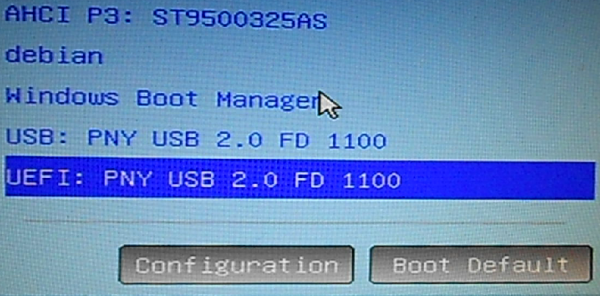

You can add multiple Windows Vista, Windows 7, Windows 8, and Windows 10 entries and you can also boot into BCD-based portable media, such as WinPE 2.0+ images.ĮasyBCD is 100% UEFI-ready. You also cannot add DOS, Linux, BSD, or Mac entries. This means that you can no longer use EasyBCD to add Windows 9x, XP, or Server 2003 entries to the BCD bootloader menu. If your Windows PC is booting in EFI mode, Microsoft has blocked the loading of legacy or non-Windows operating systems from the BCD menu. Press ‘OK’ to continue or ‘Help’ to read more about these limitations and possible workarounds.

Due to limitations set by Microsoft, many of EasyBCD’s multi-booting features cannot be used in EFI mode and have been disabled. Upon starting EasyBCD on a machine that is currently booting in UEFI mode, the following dialog will be seen:ĮasyBCD has detected that your machine is currently booting in EFI mode. It is not fundamentally incompatible with dual-booting, but the way that Microsoft and PC manufacturers have implemented UEFI, it makes it a lot harder to do so. Newer computers are shipping with a BIOS replacement called UEFI – short for Unified Extensible Firmware Interface – that completely changes the way operating systems interact with and are loaded from the hardware in your PC. The changes are not small and have had a massive effect on the process of dual-booting on a Windows machine. With the release of Windows 8 and Windows 10, many new computers are shipping with something known as the UEFI firmware and boot manager in place of the traditional BIOS and MBR approach to starting up your PC.


 0 kommentar(er)
0 kommentar(er)
